Historical Commonplace:
Authoritative Regime—Vast and Detailed Record Keeping


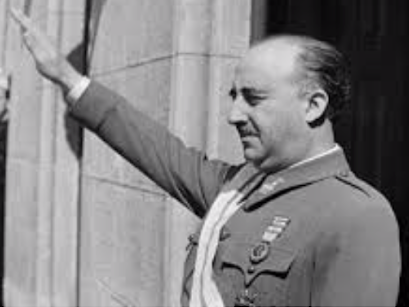
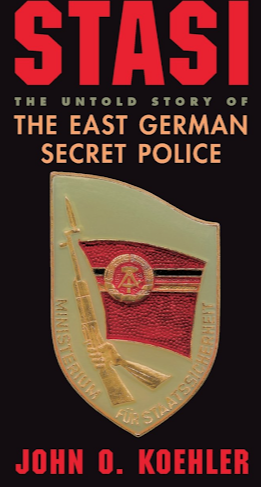




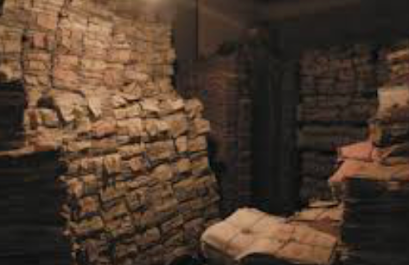
Authoritarian governments are (in general) really bad at destroying the records of their own abuse. In Guatemala, the existence of such records was denied. There was collective belief that an institution responsible for such evil would never document its own atrocities. Sadly, this is rarely, if ever, the case.
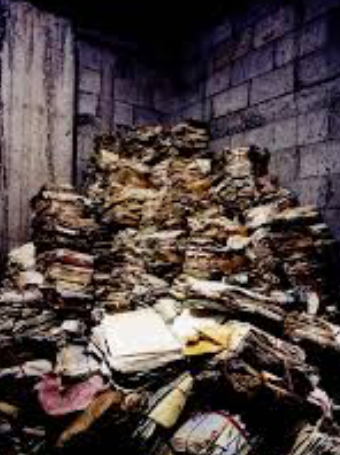
This, from Doyle,
In 2005, however, the government’s silence was shattered. That May, residents of a crowded working-class neighborhood in Guatemala City sent a complaint to the country’s human-rights prosecutor, Sergio Morales Alvarado, about the improper storage of explosives on a local police base. The prosecutor’s first request to authorities for removal of the grenades, ammunition, homemade bombs, mortar shells, and sacks of potassium chlorate seized over years of police raids was ignored. But after a freak explosion on a nearby military base made headlines a few weeks later, the National Civil Police agreed to transfer the weapons offsite. On July 5, Morales sent a team of inspectors to verify the removal, and it was during that visit that they stumbled upon an archive of the Guatemalan National Police. The former National Police, that is, an institution so entirely complicit in the atrocities of the civil war that it was considered irredeemable and disbanded in 1997.
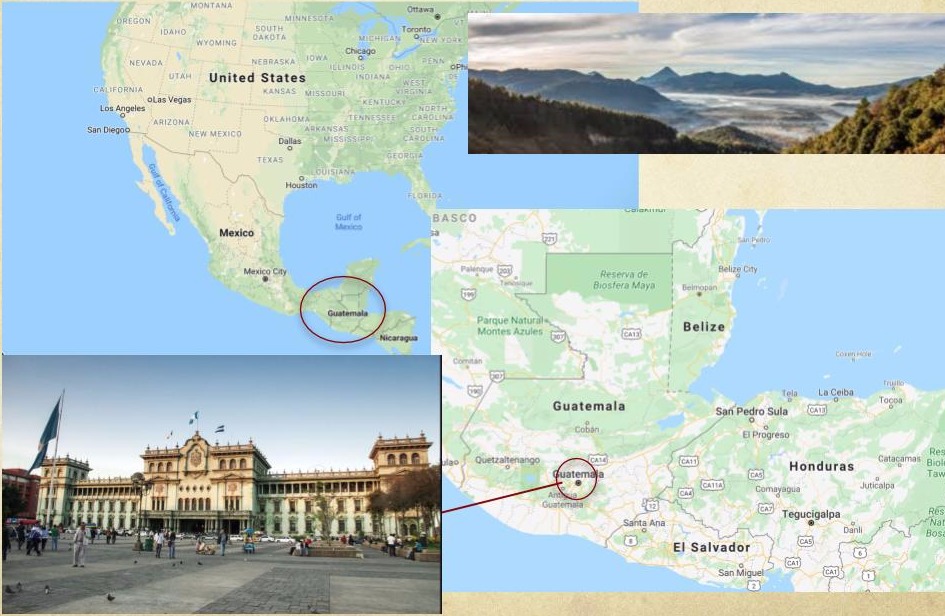
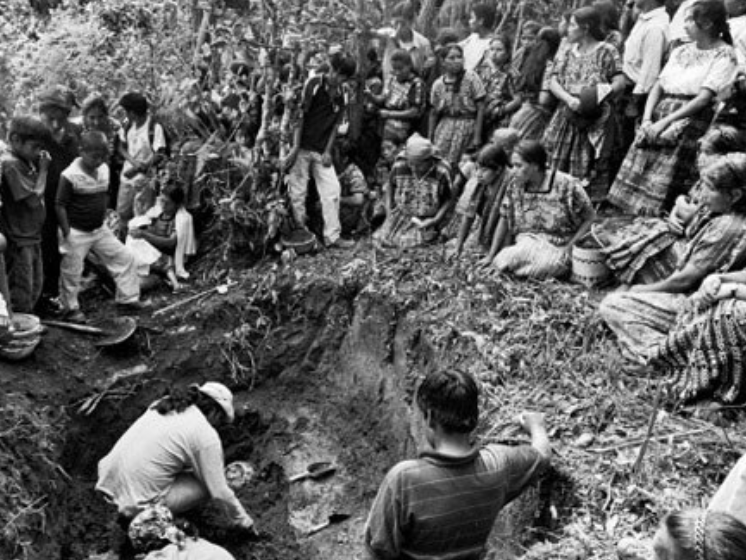
A brief background and history of Guatemala’s seemingly endless Civil War.
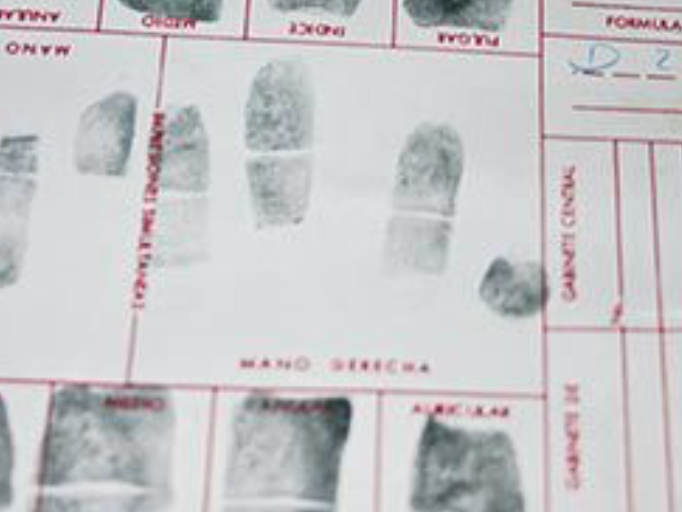
As Doyle introduces, however, in July 2005, the vast archive of the Guatemalan Secret Police was discovered outside of the Guatemalan capital, Guatemala City.

Reference to the Spanish Civil War and certain of the 20th century’s most authoritarian regimes.